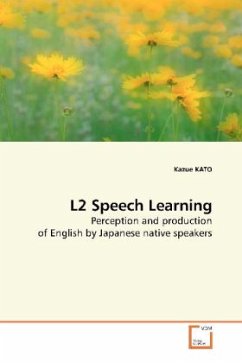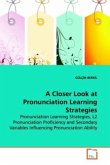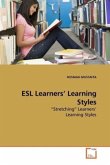Adult L2 learners may have difficulty in perceiving and producing certain segmental L2 sounds even at the ultimate learning stage. Flege s (1995) Speech Learning Model (SLM) attempts to explain this persistent difficulty in terms of the perceived distance between an L2 sound and the closest L1 sound. Brown s (1997, 1998, 2000) feature model, on the other hand, considers lack of a relevant feature in L1 feature geometry as the cause of the difficulty. This work aims to find out which of the competing models, the SLM or the feature model, can most legitimately account for the ultimate attainment of segmental L2 speech learning for adult L2 learners by examining the perception and production of English segments by Japanese native speakers. The research shows that it is the SLM, but not the feature model, that can successfully account for the ultimate attainment of segmental L2 speech learning for adult L2 learners.








